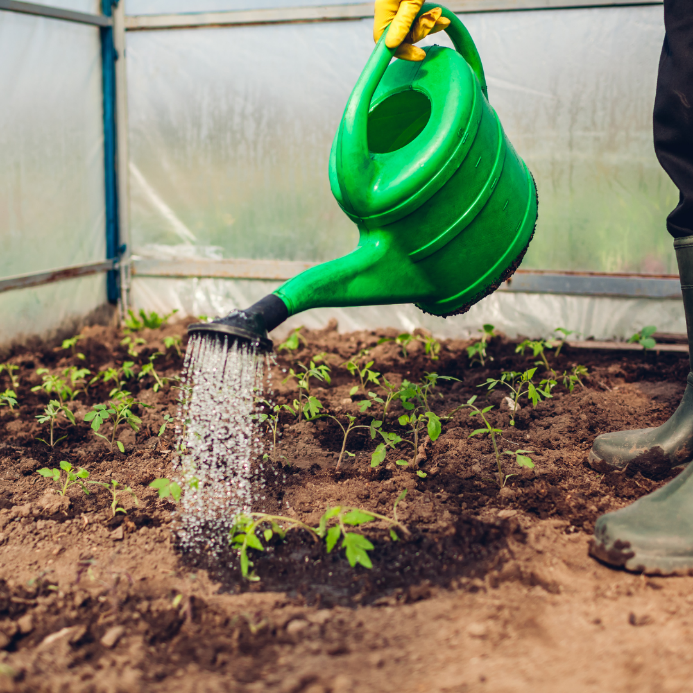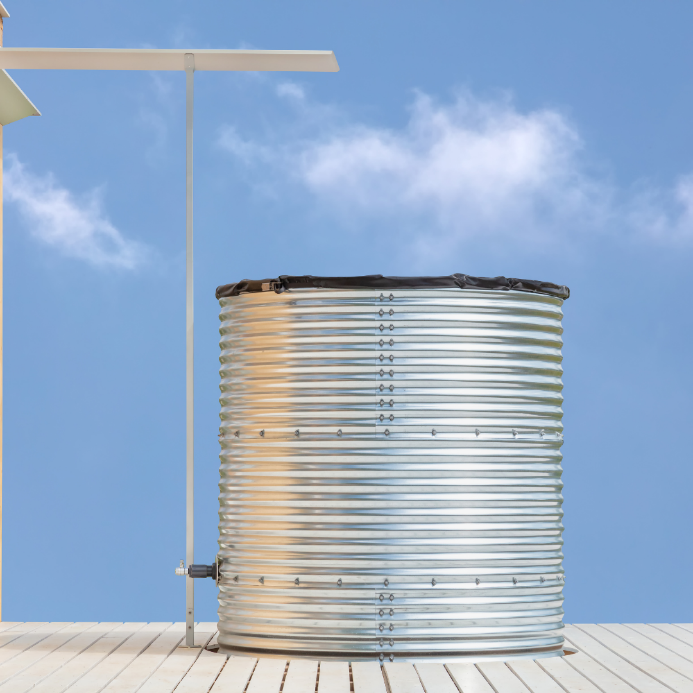Rainwater harvesting is a process of conserving rainwater which includes collecting, storing and conveying and purifying the rainwater which falls on the rooftops, parks, roads and open grounds. The harvested rainwater can be used for the various potable and non-potable purposes. One of the main importance of rainwater harvesting technique is it helps to conserve and replenish the water resources. By collecting the rainwater, we can reduce our dependency on the primary water resources such as rivers, lakes and aquifers. In the areas where there is a limited access for freshwater, rainwater harvesting system can be a savior, it allows the individuals, communities and industries to become less dependent on the freshwater resources, particularly during the droughts. Rainwater harvesting is crucial for the agricultural sector mainly in the regions of irrigation, the collected rainwater can be used for the irrigation of crops by reducing our dependency on the groundwater or other external water resources.

Types of rainwater harvesting systems
-
Traditional Rainwater Harvesting techniques
Our ancestors were perfecting the art of water management, paar systems is a common water harvesting practice in the western Rajasthan region. It is a common place where the rainwater flows from the catchment area and percolates into the sandy soil. Talabs are the reservoirs. These are the human made structures in which the water can be used for the irrigation and for the drinking purposes. Saza Kuva is an open well with multiple owners, saza kuva is a most important source of irrigation in the eastern regions of Rajasthan. Johads are the small earthen check dams that captures and conserve rainwater which improves the percolation and groundwater recharge. Pat system is a unique system developed in Bhitada village, jhabua district of Madhya Pradesh. This system diverts the terrain water from the flowing streams and channels into irrigation channels called pats. These were some of the types of rainwater harvesting systems that were practiced earlier.
-
Modern Rainwater harvesting techniques
Rainwater overhead tanks these are the simple tanks which can be placed over the building or on the terrace area, which collects all the water as it rains. Rooftop rainwater harvesting These are the simple structure where roof can be used as a catchment area eventually the collected rainwater can be used for the various purposes even for the groundwater recharging, Agricultural rainwater harvesting systems these systems are designed to meet the water demands of the farms and crops. Ground water dams this method of rainwater harvesting is mainly used in the places where the underground water levels are low. During the rainy season the water percolates from the surface and gradually reaches the underground reservoirs. Automatic rainwater harvesting systems these systems will be integrated with the sensors and controllers to automate the collection and distribution of the rainwater. These sensors can detect rainfall and also optimize usage of water and preventing the overflow or the wastage.
Components of rainwater harvesting systems
-
Tanks and storage systems
Tanks and storage systems can be a reliable solution during the shortages and by storing the excess water from the rainfall and can be used as a backup during the dry months.
Types of tanks that are available are as follows,
-
Above ground tanks
These are the common and most affordable tanks which is a best option for the aboveground rainwater storage systems. These systems mainly include the tanks made up of polyethylene(plastic) tanks, Fiberglass tanks, steel tanks.
-
Underground tanks
These tanks are designed in such a way that they are buried underground which offers a space -saving solution for rainwater storage. These systems include polyethylene underground tanks, concrete tanks, fiberglass reinforced plastic (FRP) tanks.
-
Modular Tanks
These tanks consist of interconnected modules or panels that can be assembled on-site to create a customized storage system. These kinds of systems include Modular plastic tanks, flexible membrane tanks, modular concrete tanks.

-
Benefits of Rainwater harvesting systems
Modular Tanks-
Rainwater Harvesting reduces our dependency on the traditional water resources such as municipal water supplies. The captured rainwater can be utilized for the various purposes including irrigation and domestic use.
-
Rainwater harvesting can also help us to reduce the stormwater runoff by capturing the rainwater that would be wasted otherwise. It helps to reduce the soil erosion, flooding and pollution which is caused by runoff.
-
By implementing rainwater harvesting can lead to the significant cost savings on the water bills, by using the harvested rainwater for non-potable purposes such as irrigation and other purposes.
-
Rainwater harvesting reduces the need of energy for the water extraction, which reduces the greenhouse gas emissions.
-
Rainwater is naturally soft and free from many contaminants, using properly designed rainwater harvesting systems which includes filtration and treatment process which meets the standard quality for the intended uses.
-
-
Applications of rainwater harvesting systems
-
Residential uses
Harvested rainwater from the rooftops can be used for the watering of the lawns and gardening purposes, treated rainwater can be used to flush toilets, non-potable rainwater can be used for laundry and car washing.
-
Commercial and Industrial use
Rainwater harvesting systems can be can be integrated into commercial buildings for the irrigation, industries with high water demands, such as manufacturing plants and processing the facilities.
-
Agricultural use
Rainwater harvesting systems provide an additional water source for crop irrigation, to provide water for the livestock and the harvested rainwater can be used for fish farming and aquaculture operations.

Conclusion
Rainwater harvesting systems is a multifaced solution for the water management challenges, which are deeply rooted in the historical practices to modern and innovative technologies. From traditional methods such as paar, talabs and johads which were common in the regions like Rajasthan to the modern approaches of the rooftop rainwater harvesting systems and automatic systems with sensors and controllers. Moreover, the benefits of rainwater harvesting systems, they not only reduce the dependency traditional water sources and also reduce the stormwater runoff but also reduces the cost, contributes to energy conservation and also improves the water quality. Rainwater harvesting is a harmonious blend between the traditional wisdom and modern innovation, offering a practical and scalable solution for all the water challenges faced by the communities worldwide.

